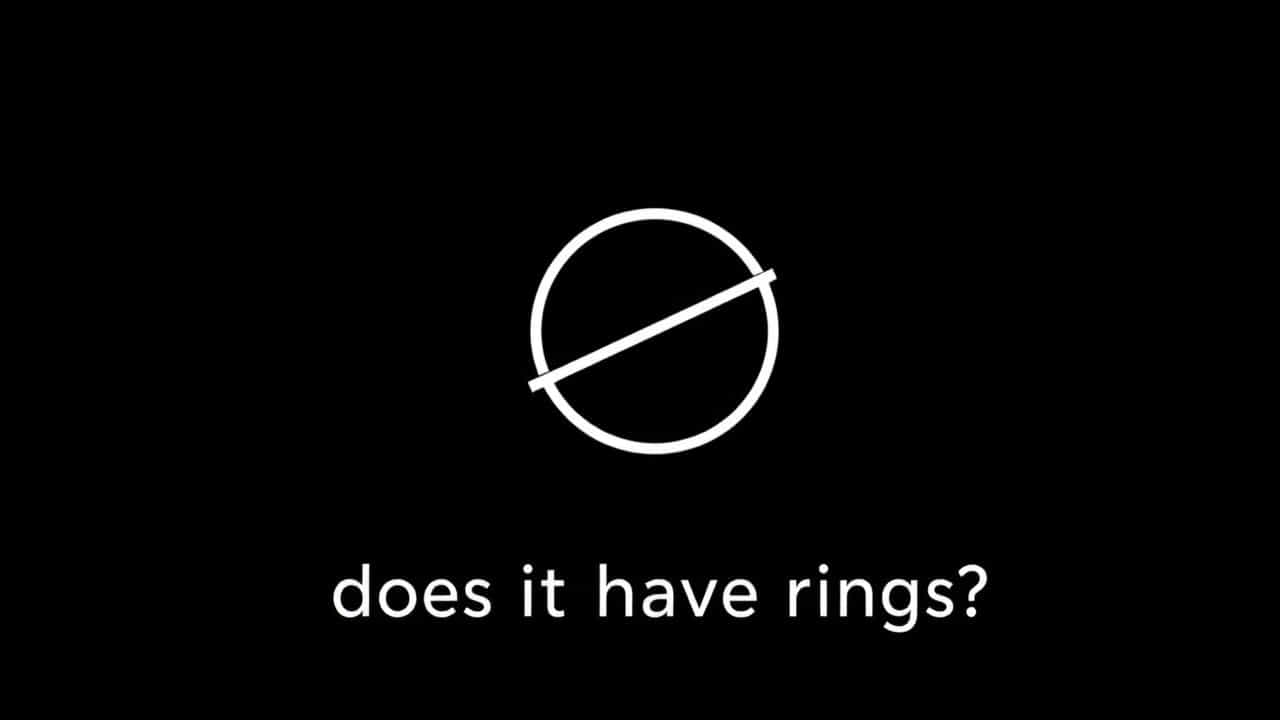When we think of planets with rings, Saturn is often the first that comes to mind. However, Uranus also has a ring system, though it is much fainter and less known. First discovered in 1977, these rings are dark, narrow, and composed mostly of icy ptopics mixed with some organic material.
Despite being difficult to observe, the rings of Uranus provide valuable insights into the formation and evolution of planetary ring systems. In this topic, we will explore the structure, composition, discovery, and future of Uranus’ rings, as well as how they compare to those of other planets.
When and How Were Uranus’ Rings Discovered?
The rings of Uranus were accidentally discovered on March 10, 1977, by astronomers James L. Elliot, Edward W. Dunham, and Douglas J. Mink. They were observing a star passing behind Uranus (an event called stellar occultation) when they noticed that the star’s light dimmed multiple times before and after passing behind the planet. This indicated the presence of several thin rings blocking the starlight.
The discovery of Uranus’ rings was later confirmed by the Voyager 2 spacecraft when it flew past the planet in 1986, providing the first direct images of the ring system.
How Many Rings Does Uranus Have?
Currently, Uranus is known to have 13 rings. They are divided into inner and outer rings, with the inner rings being thinner and darker than the outer ones.
The 13 Rings of Uranus
Here is a breakdown of the major rings of Uranus:
-
Zeta Ring (innermost, faint)
-
6 Ring
-
5 Ring
-
4 Ring
-
Alpha Ring
-
Beta Ring
-
Eta Ring
-
Gamma Ring
-
Delta Ring
-
Lambda Ring
-
Epsilon Ring (the brightest and widest)
-
Nu Ring (outer, faint)
-
Mu Ring (outermost, faint)
The Epsilon Ring is the most prominent, being much denser and brighter than the others.
What Are Uranus’ Rings Made Of?
Unlike Saturn’s rings, which are composed mostly of bright water ice, the rings of Uranus are dark and made of larger icy and rocky ptopics mixed with organic compounds. The dark color suggests the presence of radiation-processed hydrocarbons, which could result from space weathering over billions of years.
Scientists believe the rings originated from shattered moons or collisions between space debris and Uranus’ moons, breaking them into countless smaller fragments.
How Do Uranus’ Rings Compare to Saturn’s and Neptune’s Rings?
Uranus vs. Saturn’s Rings
| Feature | Uranus’ Rings | Saturn’s Rings |
|---|---|---|
| Number of Rings | 13 | Thousands |
| Composition | Dark ice and rock | Bright ice and dust |
| Brightness | Faint | Very bright |
| Width | Narrow | Wide and extensive |
| Origin | Likely from shattered moons | Remains of moon debris and icy ptopics |
Saturn’s rings are far more extensive, brighter, and made primarily of ice, while Uranus’ rings are dark, narrow, and contain more rock and organic material.
Uranus vs. Neptune’s Rings
Neptune also has dark, thin rings, but they are even fainter than Uranus’. The rings of Neptune contain clumpy structures, while Uranus’ rings appear more uniform.
Why Are Uranus’ Rings So Dark?
Scientists believe the dark appearance of Uranus’ rings is due to:
-
Low ice content compared to Saturn’s rings.
-
Space weathering, where radiation darkens the ptopics over time.
-
Organic material, such as carbon-rich compounds, covering the ptopics.
The lack of bright ice reflects less sunlight, making Uranus’ rings harder to detect.
Are Uranus’ Rings Changing Over Time?
Yes, observations suggest that Uranus’ rings are evolving. Some key changes include:
-
Shifts in brightness, possibly due to space dust or small collisions.
-
Expanding orbits, where some rings appear to be drifting outward.
-
Interaction with moons, as Uranus’ small moons may be shaping the ring structures.
These changes indicate that Uranus’ ring system is not static and continues to be influenced by gravitational and environmental forces.
What Role Do Uranus’ Moons Play in the Rings?
Uranus has 27 known moons, and some of them play a key role in shaping the planet’s ring system. The small shepherd moons, such as Cordelia and Ophelia, help to maintain the structure of the Epsilon Ring by gravitationally confining the ptopics within the ring boundaries.
These moons act like cosmic "shepherds," ensuring that ring material does not spread out into space.
Could Humans Ever See Uranus’ Rings from Earth?
The rings of Uranus are too faint to be seen with the naked eye, but they can be observed using large telescopes. Some of the best views have been captured by:
-
Hubble Space Telescope
-
Voyager 2 (1986 flyby)
-
Keck Observatory (ground-based observations)
In 2023, the James Webb Space Telescope (JWST) captured stunning new images of Uranus, revealing its rings with unprecedented clarity.
Could Uranus Lose Its Rings?
Over millions of years, Uranus’ rings may disperse or disappear due to:
-
Gravitational interactions with moons.
-
Collisions with space debris.
-
Slow erosion from micrometeorite impacts.
However, new material from shattered moons or captured debris could also replenish the rings over time.
A Unique and Mysterious Ring System
Uranus may not have the majestic rings of Saturn, but its thin, dark ring system is a fascinating part of the planet’s history. Discovered in 1977, the rings of Uranus continue to intrigue astronomers, offering clues about planetary formation, space weathering, and cosmic evolution.
As telescopes and space missions improve, we may learn even more about Uranus’ rings, their origins, and their future in our solar system.
